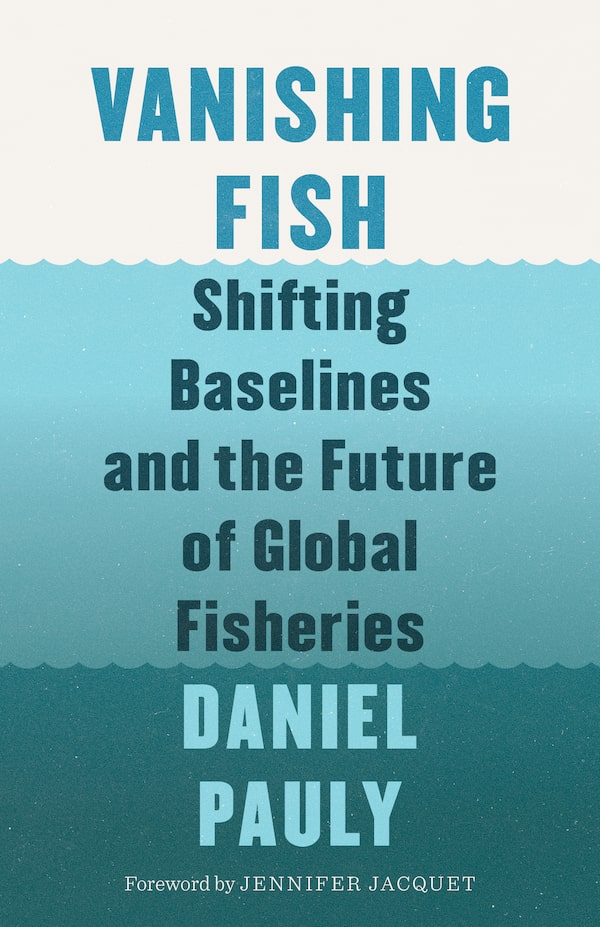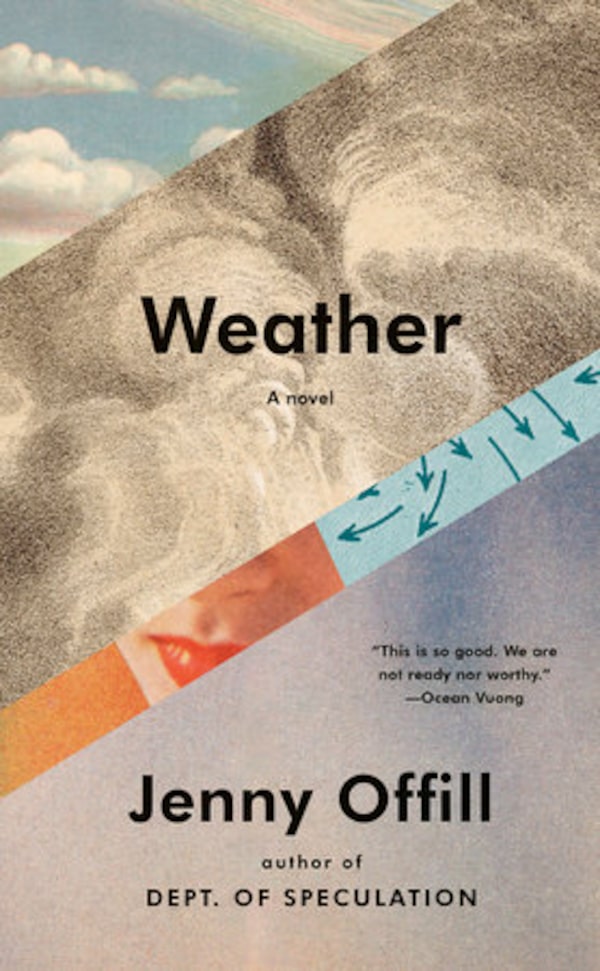Michelle Milliman/Getty Images/iStockphoto
Non-Fiction
The Mosquito

Supplied
Timothy Winegard (Dutton)
Timothy Winegard, a professor of history and political science at Colorado Mesa University, grew up in Sarnia, Ont., and spent his summers on the shores of Lake Huron. He knows, firsthand, that mosquitoes are an irritating but inescapable part of the Canadian experience. But at the same time, without the mosquito, the world would not be the same as we know it today. “If she wasn’t the cause of so much death, disease and suffering, we might actually be able to appreciate how amazing this animal is from an evolutionary standpoint,” he says. In his book The Mosquito: A Human History of Our Deadliest Predator, Winegard encourages the reader to see the genius behind how the mosquito is exquisitely engineered to steal your blood. Read an excerpt.
How to Catch a Mole

Supplied
Marc Hamer (Greystone Books)
Marc Hamer spent years trying to get into the heads of moles: a tiny creature that is fearful, solitary, bad-tasting and nearly blind. In fact, this is how Hamer made a living. After reading his book How to Catch a Mole one can’t help but feel that, much as gardeners may not like the presence of these animals, they should at least respect the diligence and smarts of the creature. They dig and dig and dig, turning crops to weeds and undermining whatever might be on the surface, but their single-mindedness should not be underestimated.
Vanishing Fish

Supplied
Daniel Pauly (Greystone Books)
In a collection of essays written over the past two-plus decades, Daniel Pauly demonstrates that the global biodiversity crisis is sinking life in the world’s oceans. Pauly, a researcher and professor at the University of British Columbia, is the founder and director of The Sea Around Us, which tracks the effects of overfishing on marine ecosystems. In his book, Vanishing Fish: Shifting Baselines and the Future of Global Fisheries, Pauly’s reflections on our own destruction of oceanic ecosystems add up to a dark and terrifying Marianas Trench. Vanishing Fish gathers research and commentary, creating a reference where each essay zooms in on a specific issue. Although we struggle with a lack of reliable data and unsustainable fishing methods, he says it’s not too late to fix the problem, if we understand these problems.
House Divided

Supplied
Edited by Alex Bozikovic, Cheryll Case, John Lorinc and Annabel Vaughan (PROBOOK)
Buildings, transportation and electricity use are major sources of carbon emissions in Canada, adding up to about half of the total four years ago. We need to think differently about cities, argues House Divided: How the Missing Middle can Solve Toronto’s Housing Crisis: put more people’s homes within walking distance of their workplaces, schools and amenities. Or at least get people onto mass transit instead of their cars. We’ve heard over and over that in the next generation, the fact of climate change caused by human behaviour will become a dominant theme in our politics. We see this especially when we talk about energy and oil already. But how will the climate imperative shape local land-use policy? Using Toronto as a case study, the book guides the reader to shake up the way we think about housing. Read an excerpt.
We Are the Weather

Supplied
Jonathan Safran Foer (Farrar, Straus and Giroux)
In addition to it not being an easy story to tell, the planetary crisis hasn’t proved to be a good story. Jonathan Safran Foer, author of We Are the Weather: Saving the Planet Begins at Breakfast, argues that the climate crisis can be solved if we dramatically reduce the amount of meat we eat. His philosophical take is also a personal one, but its central question is: How much, and what, are you willing to give up for the sake of the planet? Foer tries to bring humanity to the climate crisis, by looking at the stories and the science. “History not only makes a good story in retrospect; good stories become history,” he writes. But, with regard to the fate of our planet, and our own fate, that is a profound problem. Read an excerpt.
Whose Water Is It Anyway?

Supplied
Maude Barlow (ECW Press)
Canadian author Maude Barlow has become one of Earth’s great defenders of clean, free water. Though the information provided in her book, Whose Water Is It Anyway? Taking Water Protection Into Public Hands might not make you feel hopeful, this book is about hope at its core. In conjunction with her frightening statistics, she also shows that there can be hope, but not without action and progress. The book also tracks her Blue Communities campaign – now in its 10th year – to persuade communities, first across the Western world, to recognize fresh water and sanitation systems as human rights, to promote publicly financed, owned and operated water and waste-water services, and to ban or phase out the sale of bottled water in municipal facilities and events.
The Citizen’s Guide to Climate Success

Supplied
Mark Jaccard (Cambridge University Press)
The future of Canada’s carbon tax is wrapped up in both politics and economics. The political dangers of carbon taxes are obvious enough – around four in 10 Canadians are opposed to the federal carbon tax, unswayed by the logic of economic theory and impervious to lecturing from academics, the government and their progressive neighbours. Canadian energy economist Mark Jaccard makes the case for a more expansive view of carbon policy in his new book, The Citizen’s Guide to Climate Success: Overcoming Myths that Hinder Progress. Flexible (and less visible) government regulations that set goals for emissions reductions are the better path, he argues. Because at the end of the day are we trying to win an argument, or save the planet?
The Imperilled Ocean

Supplied
Laura Trethewey (Goose Lane)
One of Laura Trethewey’s first memories is going to tide pools with her sisters and eating lobster and crab cakes. As an adult, the Toronto-born, San Diego-based author has made the ocean part of her daily life. Before writing her book The Imperilled Ocean: Human Stories from a Changing Sea, she saw herself as a storyteller of the sea, but now embraces the term “ocean journalist,” which is something of a mix of science journalist and environmental writer. “My book is a cross-section sampling of what’s going on at sea and why that matters," she says. But the ocean can be a foreign thing for people who don’t live close to it, which is why she is trying to bring it into focus for all. “Telling humans stories that people can recognize themselves in is more powerful than trying to scare them into change.”
Fiction
Gun Island

Supplied
Amitav Ghosh (FSG)
Amitav Ghosh has successfully intertwined stark facts – such as boats of desperate migrants refused harbour by Mediterranean countries – with imaginative fantasy. “The whole idea of serious fiction is that it has to be even more plausible than life,” he said. His book Gun Island is a story about humanity’s biggest problem – climate change. Using an interpretation of the goddess Manasa Devi, who controls all snakes and poisonous creatures, Ghosh adapts a story in which she follows an ungrateful merchant across seas and continents, unleashing her minions on him and his family. Ultimately, he is imagining a world where harmony with other living things is a human priority.
Weather

Supplied
Jenny Offill (Knopf)
Many of us who, only decade ago, might have struggled to explain the difference between climate and weather are now well-schooled. But Jenny Offill’s third novel can be taken as a metaphor for the physical and emotional noise of daily life. Ms. Offill may be using weather metaphorically, but the climate all that weather builds to is actual climate – Lizzie, the narrator of the first-person story, and almost everyone around her are in a near-constant state of anxiety about the planet’s fate. Ms. Offill’s novel, Weather touches a nerve because it’s a genuine response to existential threat. How do we know it’s genuine? Because we feel it, too.
Carpe Fin

The Globe and Mail
Michael Nicoll Yahgulanaas (Douglas & McIntyre)
Michael Nicoll Yahgulanaas was born and raised on Haida Gwaii. He was introduced to traditional Northwest Coast iconography by acclaimed Haida artist Robert Davidson – a cousin. He also studied with Cantonese ink-brush master Cai Ben Kwon, which was hugely influential in his style. Carpe Fin: A Haida Manga is a sequel to his book Red: A Haida Manga, a fusion of Japanese manga with Haida formlines. As with Red, Carpe Fin was developed simultaneously as a mural and a book. “We are in crisis. What can we do?” one of the characters in Carpe Fin asks amid the environmental mayhem drawn so beautifully and harrowingly.
More Reading
Science fiction and the unforeseeable future: In the 2020s, let’s imagine better things
David Suzuki on what you should be reading for Earth Day
Expand your mind and build your reading list with the Books newsletter. Sign up today.



